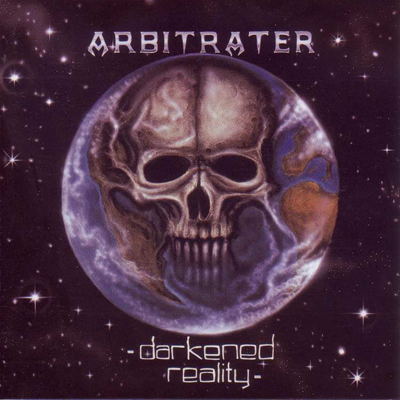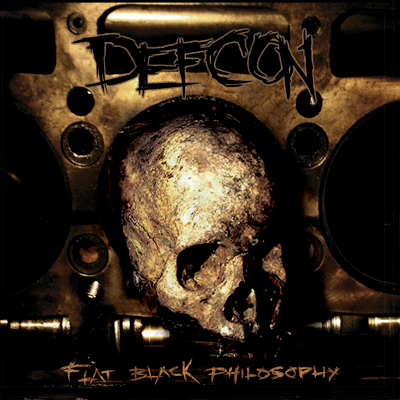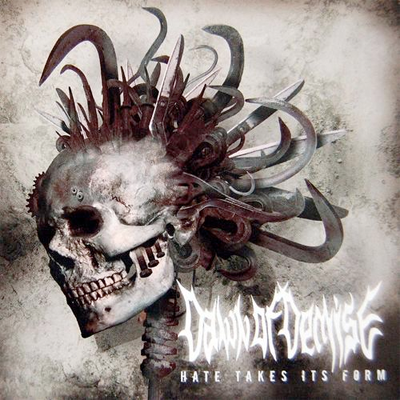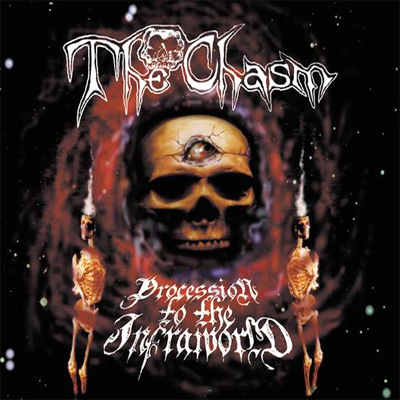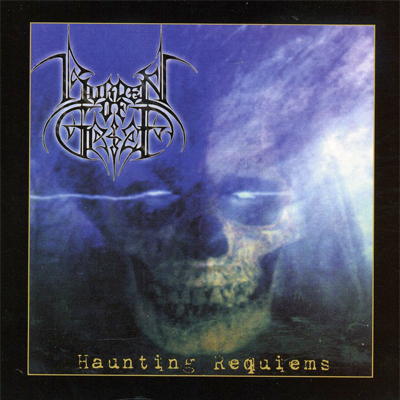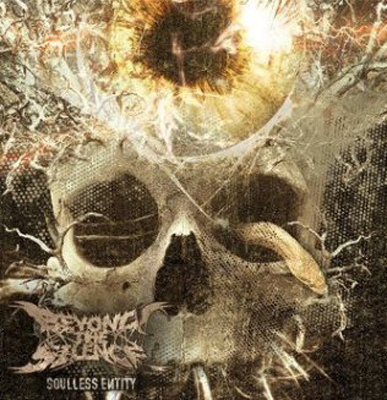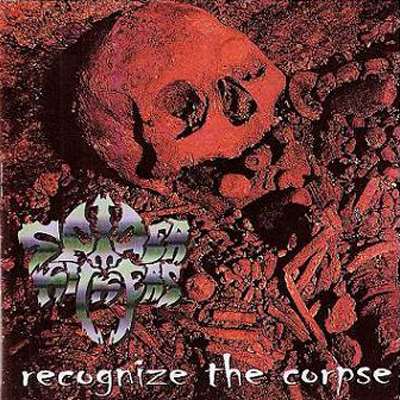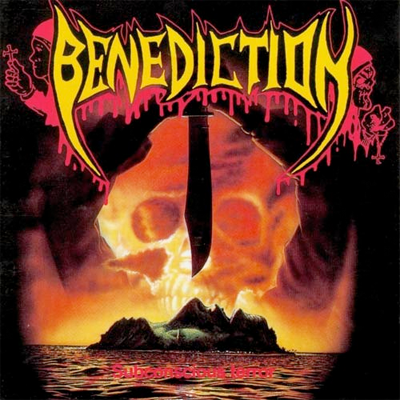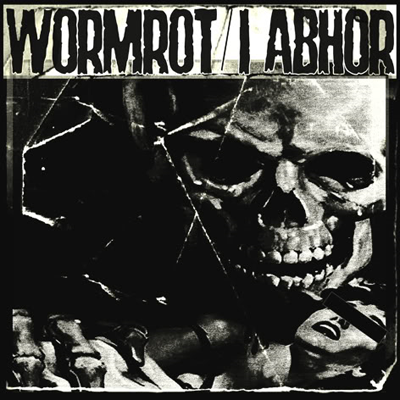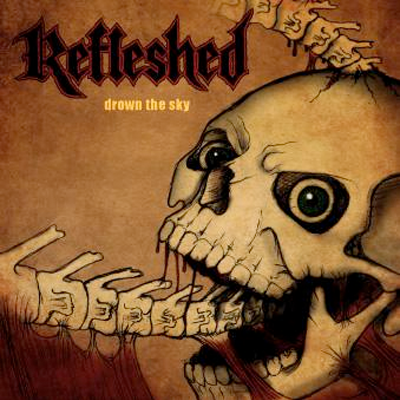
REFLESHED, Drown the Sky (2010, self-released)
The skull:
Like the snake who eats his own tail, the ouroboros of legend, this cheesy skull guy feasts on his own spine (plus assorted anatomically incorrect muscle tissue). At least, I’m assuming it’s his own spine. There’s a lot of vertebrae implied out of frame, so for all I know this is some sort of Skullish circle jerk. This guy certainly looks depraved enough to be into that kind of stuff. Look at those leering eyeballs! He’s like, “Aw yeah, give it to me! Gimme that spine!” Not that I’m passing judgment. What a skull does in the privacy of his own brownish hellscape is his own business.
The music:
Refleshed are German, but they really want to be Swedish. Like, really, really badly. You can hear the Boss HM-2 in every scuzzy riff. Entombed and Carnage are the touchpoints here, and while Refleshed aren’t even pretending to be doing anything new, they do this old sound pretty well. In fact, they fare the poorest when they deviate from the Stockholm sound, as when they occasionally throw in a half-assed Gothenburg riff, none of which are particularly inspired. Metal Archives describes this band as Deathcore, but judging only from this EP, that label is totally unwarranted. Maybe they added breakdowns on a later release, but here, they’re just trudging down the left hand path. There’s not much more to say, really, except what everyone is already thinking: these guys should TOTALLY tour with Defleshed.
— Friar Johnsen
